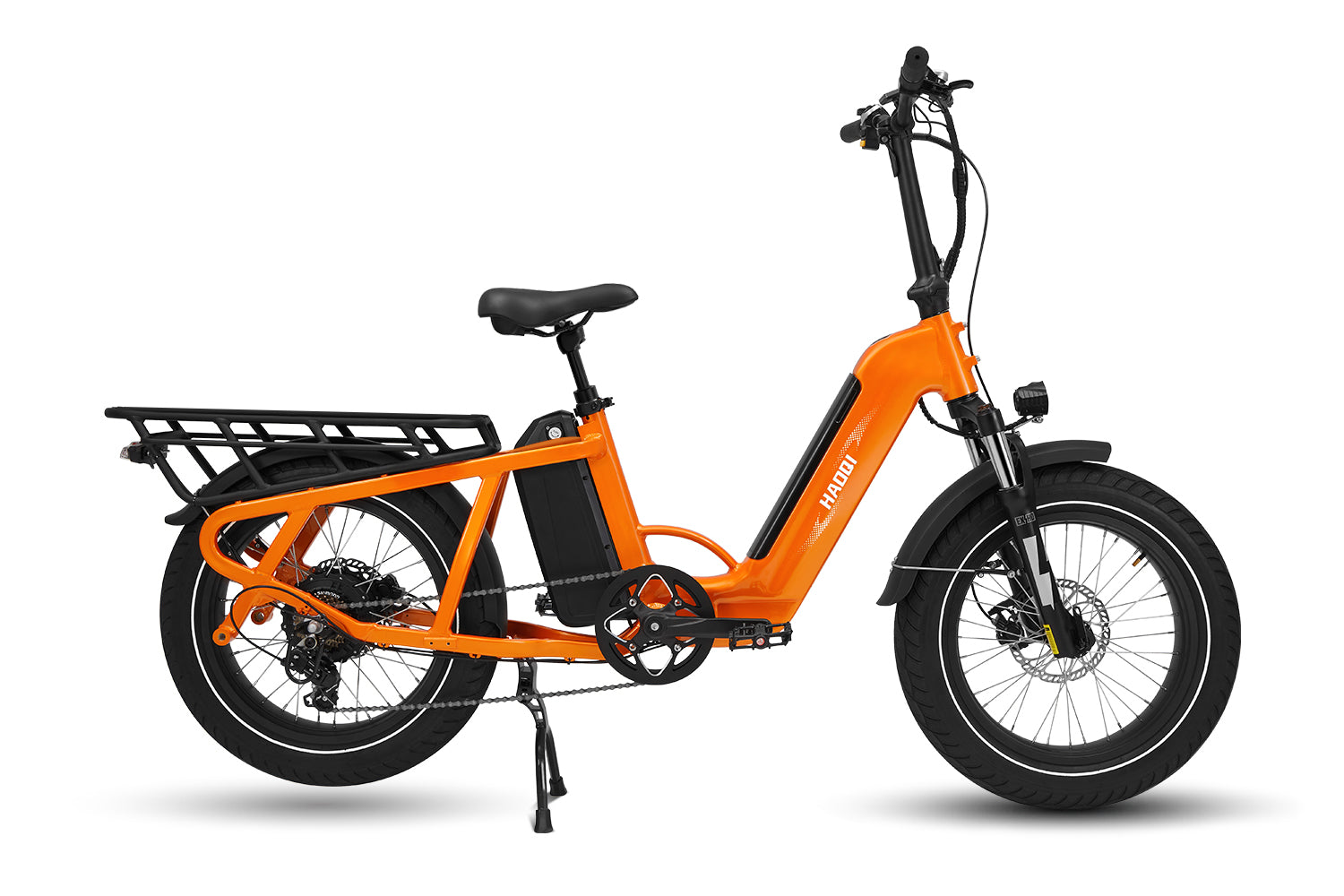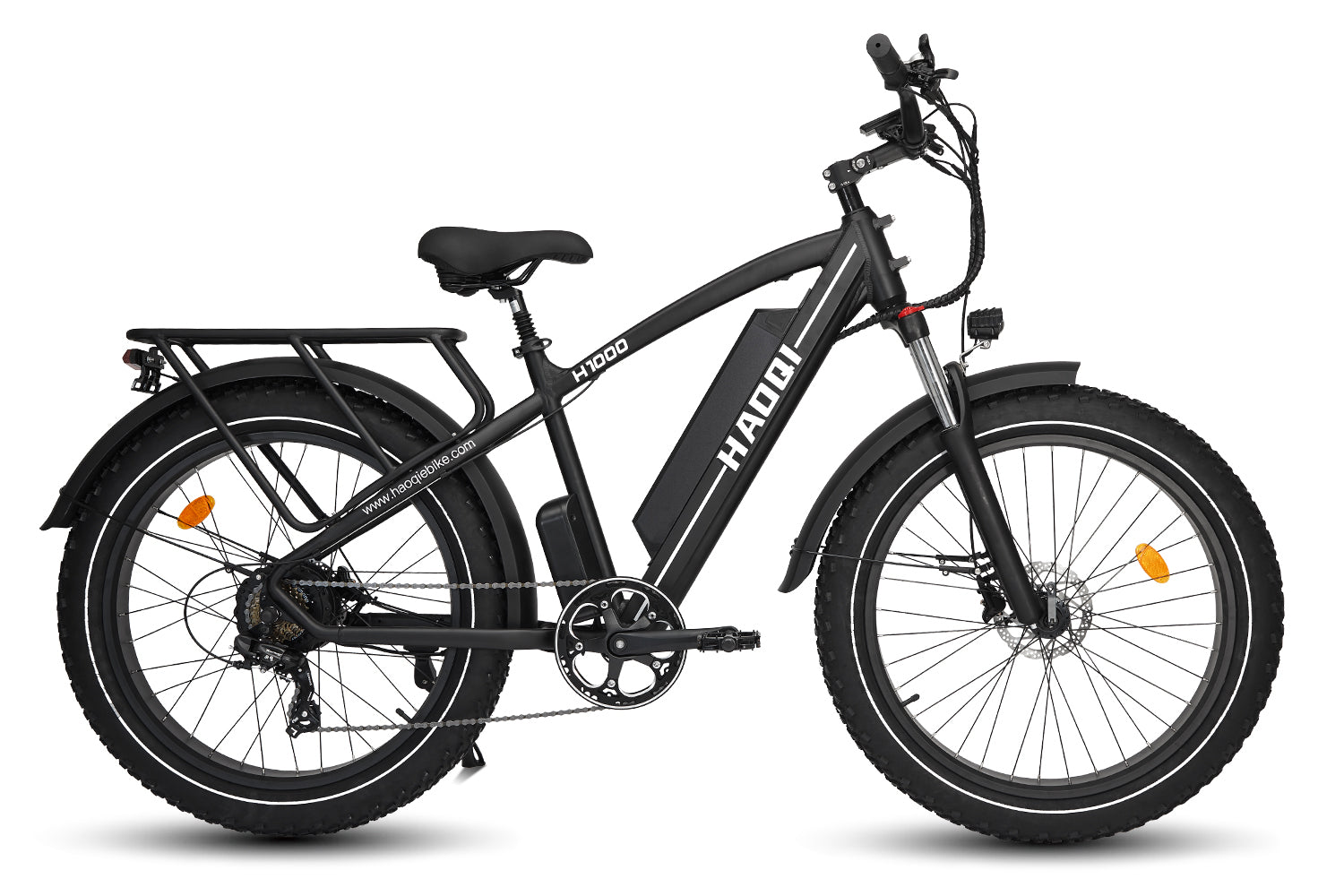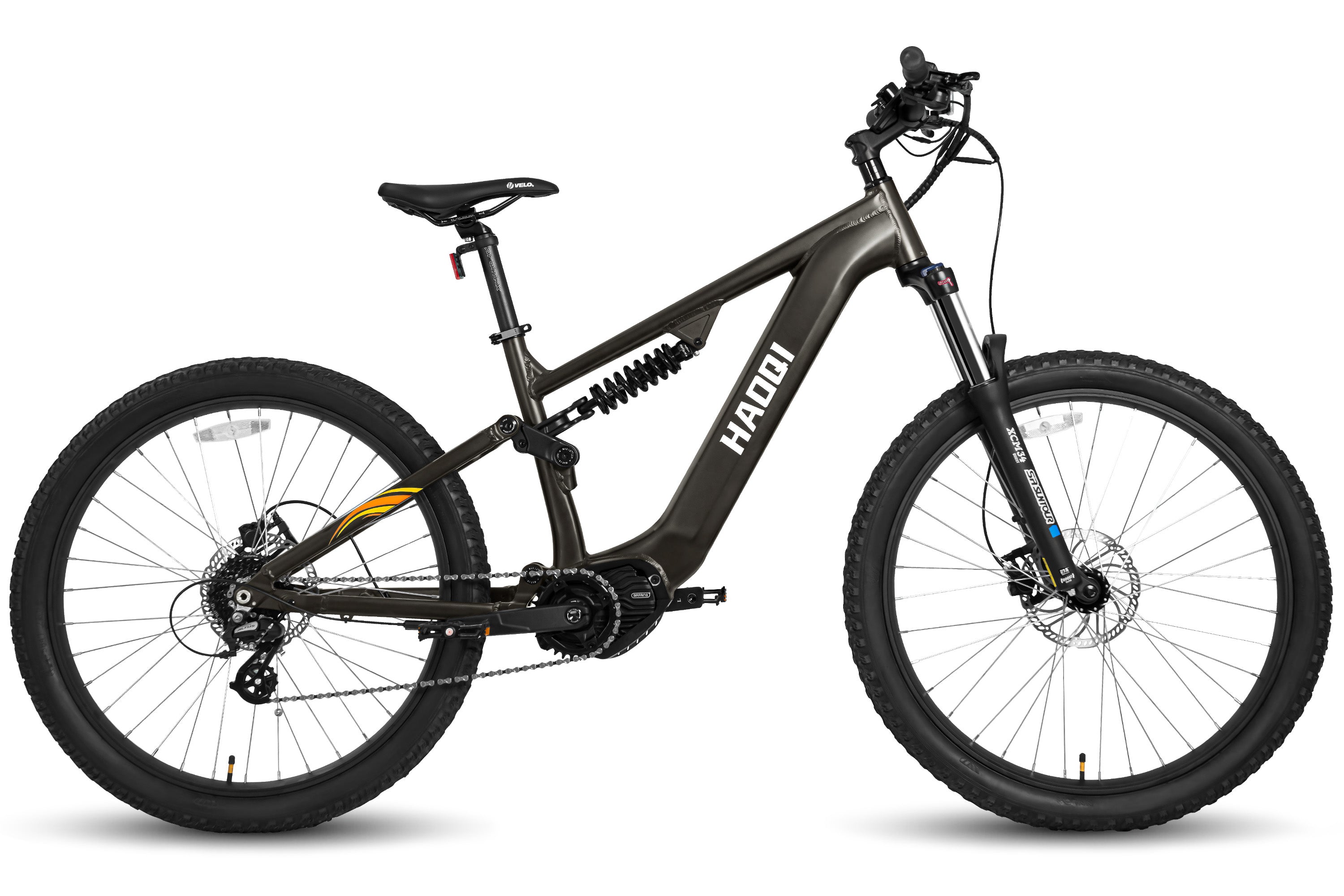With the growing popularity of electric bikes, many riders are investing in this eco-friendly and efficient mode of transportation. However, just like traditional bikes and motor vehicles, e-bikes are also susceptible to theft, accidents, and damage. This brings us to the important topic of e-bike insurance coverage. Understanding what electric bike insurance entails, the different types of coverage available, and whether you need it is crucial for any e-bike owner. In this article, we will explore these aspects in detail, provide guidance on how to insure your e-bike and discuss the costs associated with e-bike insurance.

What Is Electric Bike Insurance?
As e-bikes become increasingly popular due to their convenience, eco-friendliness, and cost-effectiveness, the need for tailored insurance policies has grown. Electric bike insurance is a specialized type of insurance policy designed to provide financial protection and peace of mind for owners of electric bikes (e-bikes). Electric bike insurance typically covers a range of risks associated with owning and using an e-bike, including theft, damage, and liability.
E-bikes differ from traditional bicycles primarily due to their electric motor, which assists with pedaling and can significantly increase speed and range. This added complexity, along with higher purchase prices and potential legal implications, makes specialized insurance important. E-bike insurance policies are crafted to address these unique needs, offering coverage that is not typically provided under standard home or auto insurance policies.
What E-bike Insurance Coverage Are Available?
When it comes to insuring an electric bike, there are several types of coverage options available, each designed to protect against different risks and provide various levels of financial security.
Here are some of the main types of e-bike insurance coverage:
1. Theft Coverage
This type of coverage protects against the theft of your e-bike. Given the high value and portability of e-bikes, theft is a significant concern. Theft coverage typically reimburses you for the cost of replacing your e-bike if it is stolen.
2. Damage and Accident Coverage
This coverage protects against physical damage to your e-bike resulting from accidents, falls, vandalism, or other incidents. It can cover the cost of repairs or replacement parts, ensuring that you can get back on the road quickly.
3. Liability Coverage
Liability coverage is crucial if you are involved in an accident that causes injury to another person or damage to someone else’s property. This coverage helps cover legal fees, medical expenses, and damages you might be held responsible for.
4. Personal Accident Coverage
This type of coverage provides financial protection in the event you are injured while riding your e-bike. It can cover medical expenses, hospitalization costs, and even compensation for lost wages if you are unable to work due to your injuries.
5. Roadside Assistance
Some e-bike insurance policies offer roadside assistance, providing services like transportation, repair, or towing if your e-bike breaks down while you are out riding. This can be particularly useful if you rely on your e-bike for commuting or long-distance travel.
6. Accessory Coverage
E-bike insurance can also extend to cover accessories and equipment such as helmets, lights, locks, and other gear. This ensures that all aspects of your riding experience are protected.

Do You Need Insurance for an Electric Bike?
Whether or not you need insurance for your electric bike depends on several things. Here are some considerations to help you decide if e-bike insurance is necessary for you:
1. Legal Requirements
In some regions, e-bikes that exceed certain speed or power limits are classified similarly to motor vehicles and may require insurance. It’s essential to check the local laws and regulations regarding e-bike classification and insurance requirements in your area.
2. Value of the E-bike
E-bikes can be a significant investment, often costing more than traditional bicycles. If you have spent a considerable amount of money on your e-bike, insurance can protect that investment against theft, damage, and other risks.
3. Usage Frequency
If you use your e-bike regularly, whether for commuting, recreation, or long-distance travel, the likelihood of encountering risks such as accidents, theft, or breakdowns increases. Regular use may warrant the added protection of insurance.
4. Risk of Theft
E-bikes are attractive targets for thieves due to their high value and portability. If you live in an area with a high rate of bike theft, insurance can provide peace of mind and financial protection.
5. Existing Coverage
Some homeowners or renters insurance policies may offer limited coverage for bicycles, including e-bikes. However, this coverage is often insufficient and may not address specific risks associated with e-bikes. It’s important to review your existing policies to determine if additional e-bike insurance is needed.
6. Liability Concerns
Accidents involving e-bikes can result in significant liability costs, especially if other people are injured or property is damaged. Liability coverage can protect you from potentially high legal and medical expenses.
How to Insure an Ebike?
Insuring an e-bike involves several steps to ensure you get the right coverage tailored to your needs. Here’s a detailed guide on how to insure your e-bike effectively:
- Assess Your Needs
Before purchasing insurance, evaluate how you use your e-bike. Consider factors like the bike's value, your riding habits, and the potential risks you may encounter. This assessment will help you determine the type and extent of coverage you need.
- Research Insurance Providers
Look for insurance companies that offer specialized e-bike insurance policies. While some general home or renters insurance policies may offer limited coverage for bicycles, specialized e-bike insurance provides comprehensive protection. Compare different providers to find one that best suits your requirements.
- Compare Coverage Options
E-bike insurance policies typically offer various types of coverage, including theft, damage, liability, and personal injury. Make sure to compare the coverage limits, exclusions, and additional benefits each policy offers. Choose a policy that covers the most important risks associated with your e-bike usage.
- Get a Quote
Once you’ve identified potential insurance providers and policies, request quotes from each. Provide accurate information about your e-bike, including its make, model, purchase price, and any modifications. This information will help insurers provide an accurate quote.
- Review and Purchase
Carefully review the quotes and the terms and conditions of each policy. Look for any hidden fees or clauses that might affect your coverage. Once you’re satisfied with a policy, complete the purchase process, ensuring you understand the payment terms and renewal process.
- Maintain Records
Keep detailed records of your e-bike, including purchase receipts, photos, and any modifications. These records can be crucial when filing a claim. Also, store your insurance policy documents in a safe place and keep digital copies for easy access.
- Regularly Review Your Policy
Your insurance needs may change over time. Regularly review your policy to ensure it continues to meet your requirements, especially if you upgrade your e-bike or change your riding habits. Adjust your coverage as needed to maintain optimal protection.
How Much Does Electric Bike Insurance Cost?
The cost of electric bike insurance can vary widely based on several factors, including the value of your e-bike, the coverage options you choose, and your location. Here’s a breakdown of what influences the cost and typical price ranges:
Factors Influencing Cost
- E-bike Value: Higher-value e-bikes typically cost more to insure due to the increased potential payout for theft or damage claims.
- Coverage Options: Comprehensive policies that include theft, damage, liability, and personal injury coverage will be more expensive than basic policies.
- Location: Urban areas with higher rates of theft and accidents generally result in higher insurance premiums compared to rural areas.
- Rider Profile: Your riding habits, experience, and claims history can also affect the cost. Frequent riders or those with a history of claims may face higher premiums.
Typical Costs
On average, e-bike insurance can range from $100 to $300 per year. Basic policies, which cover theft and damage, may start around $100 annually. More comprehensive coverage, including liability and personal injury, can cost up to $300 or more per year.
For a mid-range e-bike valued at $2,000:
- Theft Coverage: $50 - $100 per year
- Accidental Damage Coverage: $50 - $100 per year
- Liability Coverage: $75 - $150 per year
- Personal Accident Coverage: $50 - $100 per year
Additional Considerations
- Deductibles: The amount you agree to pay out-of-pocket before the insurance coverage kicks in can affect your premium. Higher deductibles usually result in lower premiums.
- Discounts: Some insurers offer discounts for bundling with other policies, such as home or renters insurance, or for taking safety courses.
Conclusion
As e-bikes continue to revolutionize personal transportation, ensuring adequate e bike insurance coverage remains essential. With a better grasp of the specifics of coverage options and taking proactive steps to insure their e-bikes, riders can enjoy peace of mind knowing they are protected against potential risks and liabilities.
FAQ
Does homeowners insurance cover ebikes?
Homeowners insurance typically does not provide comprehensive coverage for e-bikes. While it might cover theft or damage to some extent, it usually excludes specific risks associated with e-bikes, such as accidents or liability while riding. For thorough protection, a separate e-bike insurance policy is recommended, as it offers tailored coverage that addresses the unique needs and risks associated with e-bikes.
What factors affect my ebike insurance premiums?
Several factors can influence your e-bike insurance premiums. These include the value and type of your e-bike, your location, and your riding habits. High-value e-bikes usually have higher premiums. Also, living in an area with high theft rates can increase your premium. Your riding frequency and history, including any past accidents or claims, also play a role in determining the cost of your insurance.
Are there any usage restrictions with ebike insurance?
Yes, e-bike insurance policies may come with certain usage restrictions. These can include limitations on where and how the e-bike can be used. For instance, some policies might not cover racing or commercial use. It's important to review the terms and conditions of your policy carefully to understand any restrictions that apply, ensuring that your intended use of the e-bike is covered under the insurance plan.





![HAOQI Antelope 500W Cargo Electric Bike (UL Certified) [electric bike] [HAOQI ebike]](http://haoqiebike.com/cdn/shop/products/haoqi-antelope-cargo-electric-bike-with-dual-battery-haoqiebike-com-1.jpg?v=1753954498&width=1500)
![HAOQI Squirrel Folding Electric Bike (UL Certified) [electric bike] [HAOQI ebike]](http://haoqiebike.com/cdn/shop/files/1_03c67b67-715e-4617-a648-51f108ceb425.jpg?v=1766473332&width=1500)

![HAOQI Eagle Long Range Electric Bicycle (UL Certified) [electric bike] [HAOQI ebike]](http://haoqiebike.com/cdn/shop/files/2_bf7ae46b-aad6-472a-9c14-d56ca3f0feb6.jpg?v=1755142722&width=1500)

![HAOQI Antelope Pro 750W Cargo Electric Bike (UL Certified) [electric bike] [HAOQI ebike]](http://haoqiebike.com/cdn/shop/products/haoqi-antelope-pro-cargo-electric-bike-with-dual-battery-750w-haoqiebike-com-1.jpg?v=1751610204&width=1500)









Leave a comment
All comments are moderated before being published.
This site is protected by hCaptcha and the hCaptcha Privacy Policy and Terms of Service apply.